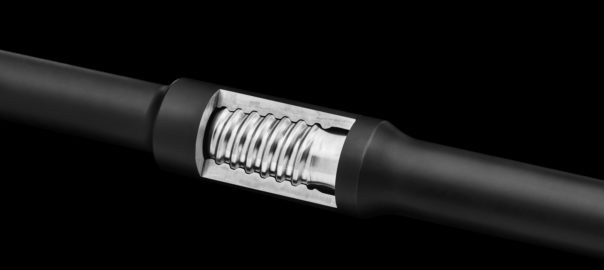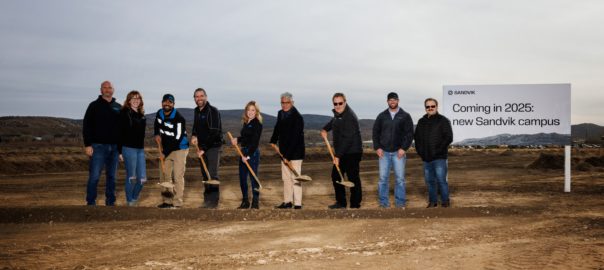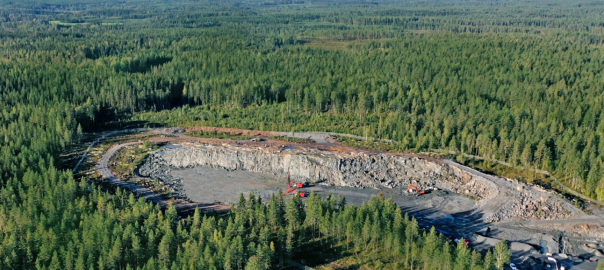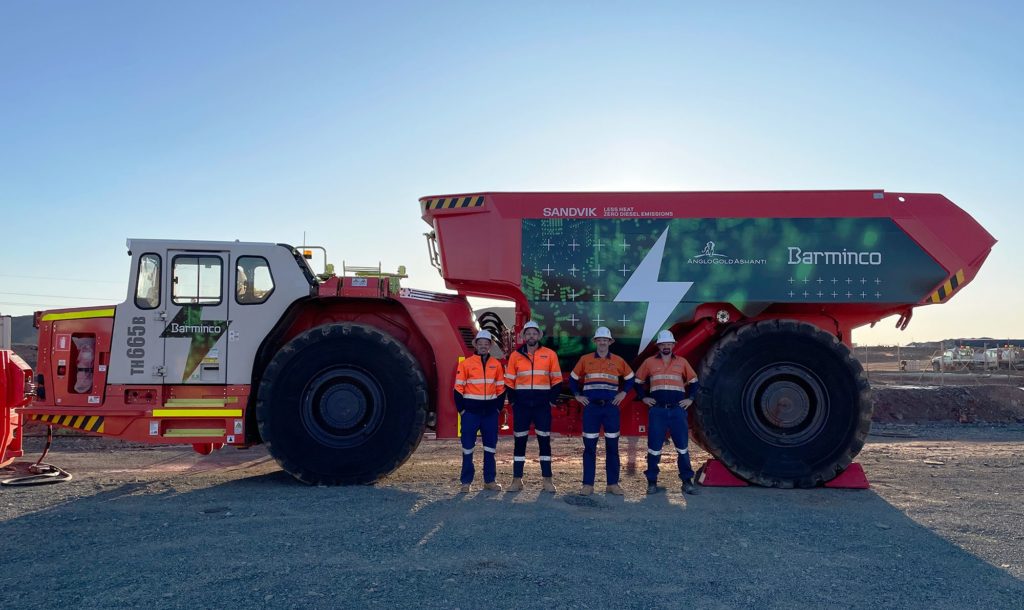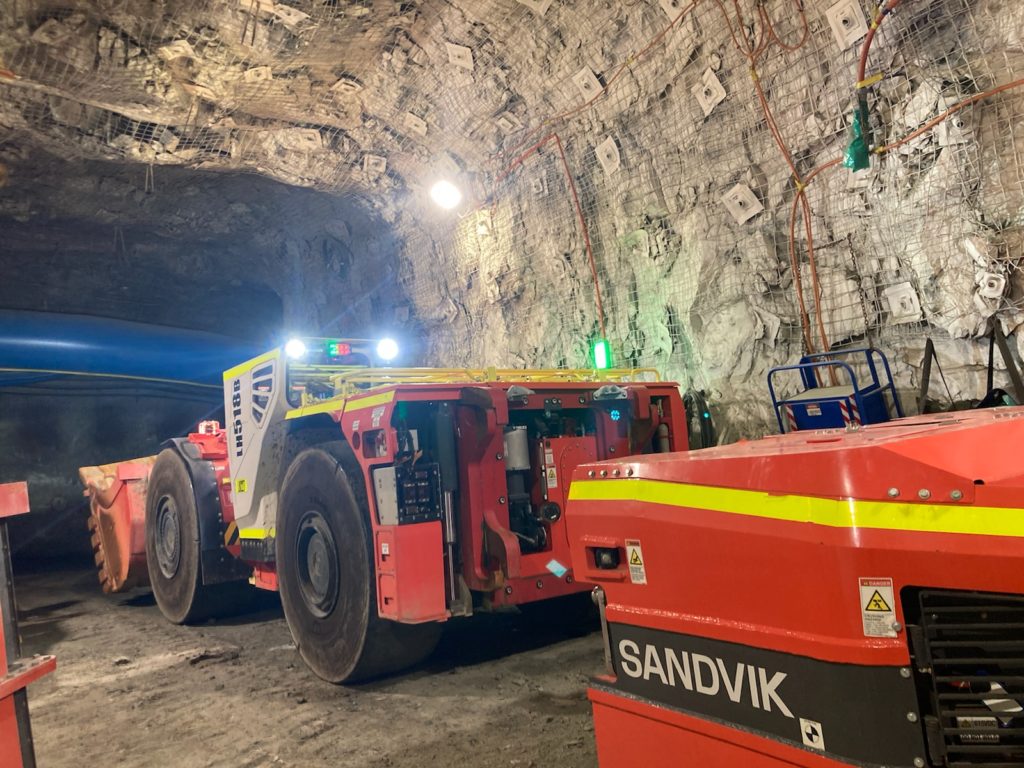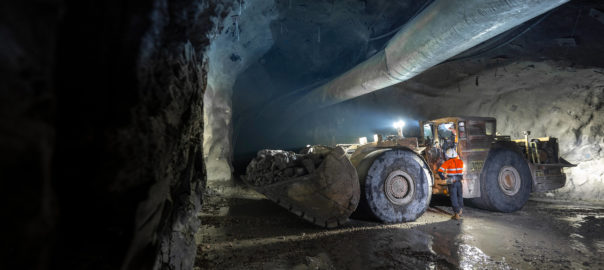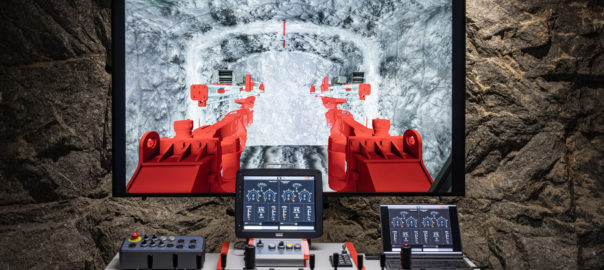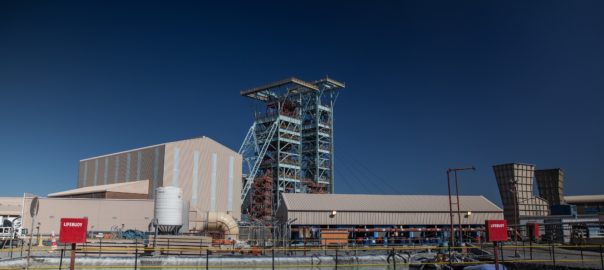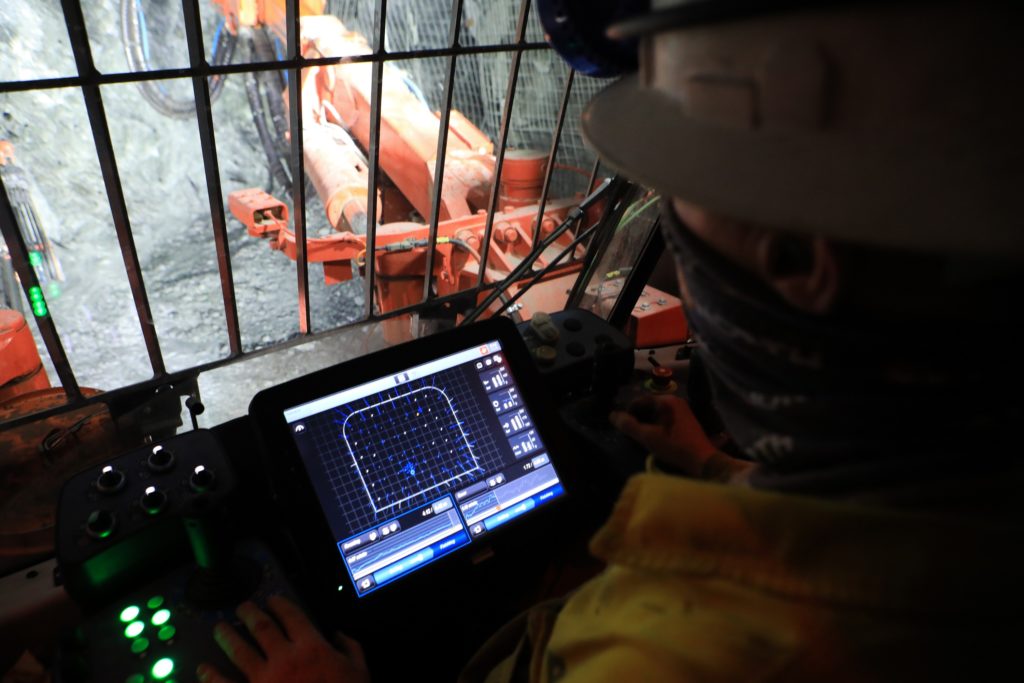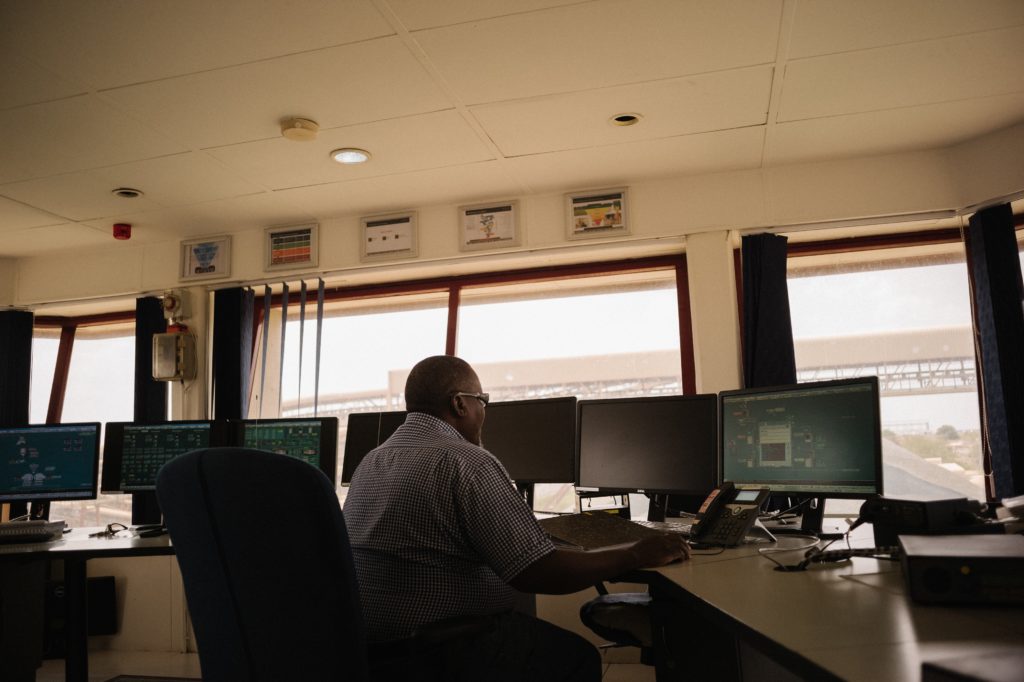Featuring an industry-first curved thread design, Sandvik’s new CT55 and CT67 top hammer tool systems are, the OEM says, the most advanced it has launched.
The unique design increases efficiency and reduces cost while saving fuel and simplifying automated drilling in surface bench and underground longhole applications, it says.
The new multi-patented, first-of-its-kind curved thread design from Sandvik reduces stress levels by distributing them over a larger area inside the tool. This enables the system to handle higher drilling power and a drill rig’s full potential.
“We are proud to offer an innovation that delivers significantly increased efficiency, since higher drilling parameters are allowed with fewer stops for breakages,” Anders Brungs, Vice President Product Line Top Hammer at Sandvik, said. “Our design increases productivity by 15% while reducing fuel consumption by 15%, as faster drilling means less flushing time.”
Sandvik’s unique new curved thread CT system is designed to increase drilling productivity and reduce cost both underground and on the surface.
“Surface drill rigs have much more power than current standard tools can handle,” Fredrik Björk, Product Manager for Top Hammer Surface Tools at Sandvik, said.
“This means the full potential of the drill rig cannot be used. Our new CT system radically increases the fatigue strength and we’ve also seen 30% longer tool life together with better hole precision in our product evaluation tests with early-adopting customers. This is a fully optimised system that includes the drill rig, the rock drill and the rock tool. The CT system also brings out the full potential of Ranger™ DXi and Pantera™ DPi rigs.”
The higher productivity of the CT systems can be reached with more aggressive settings for parameters like percussion, rotations and feed.
“Trouble-free drilling is key when operating underground,” Robert Grandin, Product Manager for Top Hammer Underground Tools at Sandvik, said. “In addition to higher productivity and lower cost, the extended service life of our CT system will be especially important for underground operations where tool breakages create frustration and interrruptions.
“The stronger geometry that comes with the curved thread design boosts tool service life by more than 30%. The curved design also makes the CT system automation-ready, since easy coupling and uncoupling in itself is an important enabler for automation, a vital technology in many underground operations.”
Sandvik’s new curved thread systems, CT55 and CT67 for surface mining and CT67 for underground mining, are now available. Drill bit diameters are 89-127 mm on CT55 and 102-140 mm on CT67, plus reaming bits 152-204 mm.







